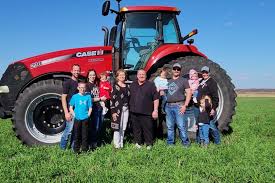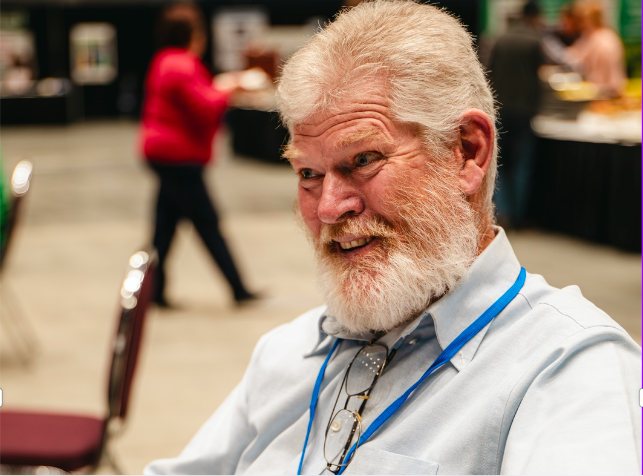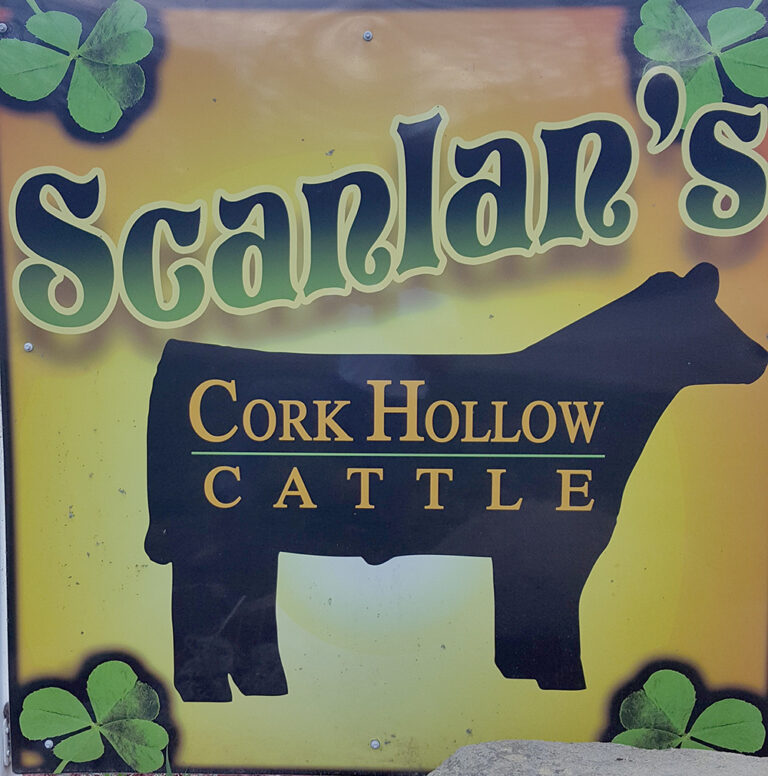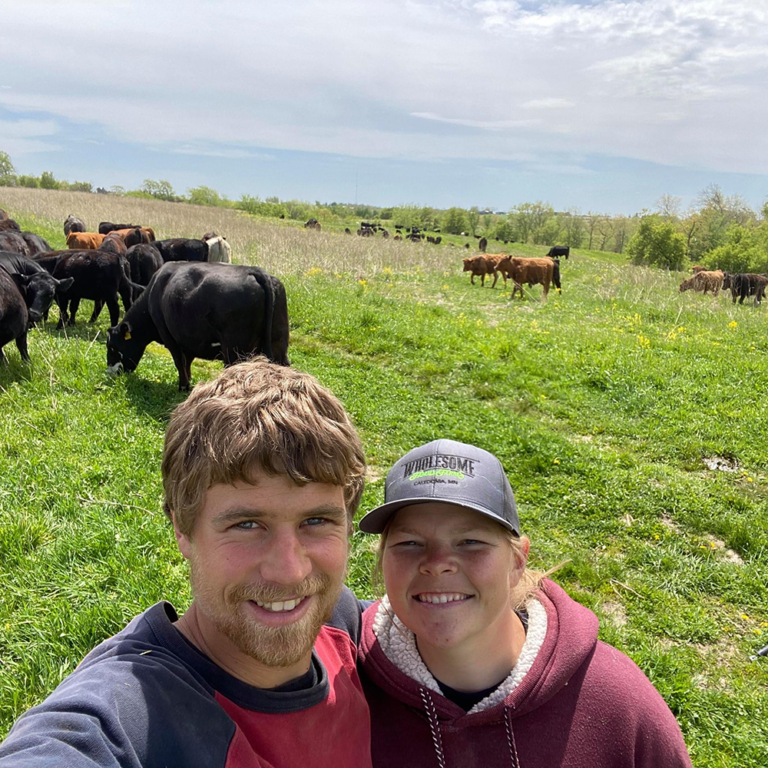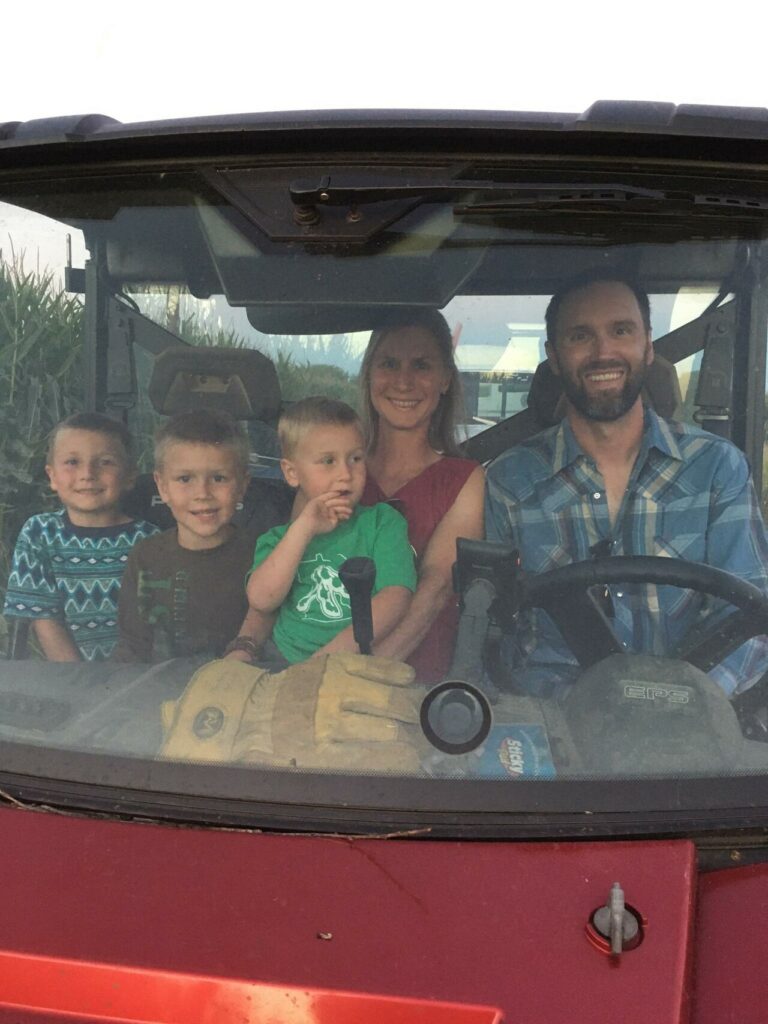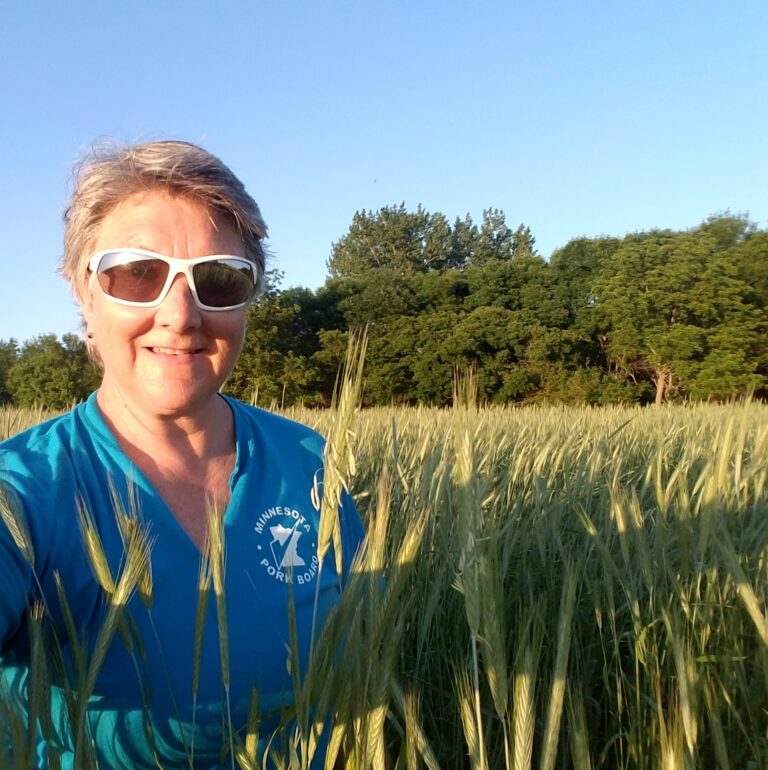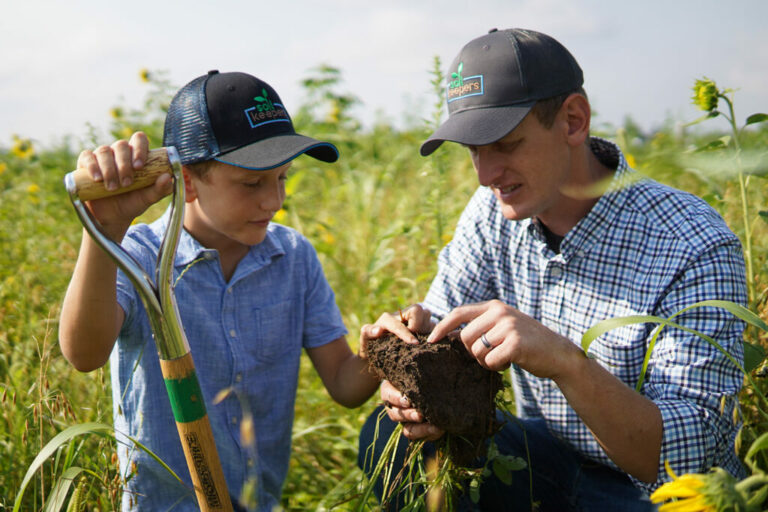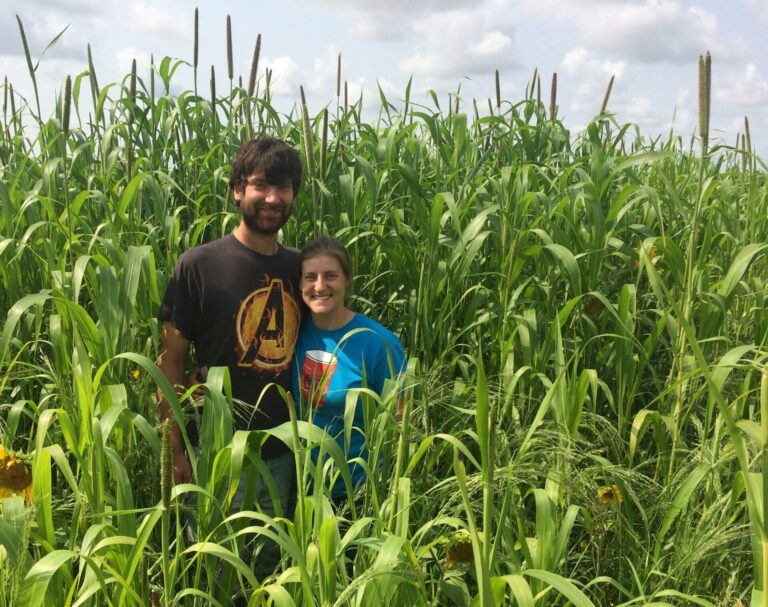-
tom.hartberg@gmail.com Tom uses regenerative farming by no-till/strip-trilling his corn/soybean rotation as well as utilizing cover crops, small grains, and livestock and all these practices continue to develop and evolve. In 1991 Tom started no-tilling as a matter of necessity when he couldn’t afford to upgrade his machinery. In ’93 he had to get a full-time job as well as farm. Read more...
-
uderman3@gmail.com Alex started with reduced tillage in 2016 and no-till soybeans. In 2021 he became MN Water Quality Certified and started no-tilling his Corn acres. Recently Alex started incorporating cover crops. He has seen great results in improving his soil health: 1.5 million worms per acre and improved soil structure, worm castings, and middens. Alex became a mentor because he Read more...
-
jlmeyer@kmtel.com John currently has all of my 400+ cropland acres seeded down to perennial forages and is using it either for daily moved adaptively managed rotational pasturing or hay for his 270 head custom grazed beef herd, and a100 head C/c beef herd of his own, which he directs to market as 100% Regeneratively Pasture-Raised Grass-Fed and Finished Beef as Read more...
-
Bob currently grazes cattle and goats on two different farms and raises all feed (hay and corn silage) for brood cow herd and goats, while buying grain mix for youngstock from a local elevator. He calves his crossbred cows (65) year around and sells meat directly to consumers. He hopes to do that same with his goat herd in the Read more...
-
I currently manage about 400 acres of open pasture land for cattle, 300 acres of woods for meat goat production, and about 460 acres of row crop/hay production. We practice adaptive managed grazing with cow/calf pairs, owned stockers, and goats. Raise pastured pork mostly in our wooded areas while strategically moving them around to manage invasive specifies such as multi-flora Read more...
-
We are primarily a corn/soybean row crop operation utilizing cover crop on all acres. We have a cow/calf herd that grazes crop stubble between crop seasons. We do not use any pre-emergence herbicides and have reduced post-emergence herbicide and fertilizer rates. We started the latest chapter in our journey by converting to strip-till and adding cover crop in 2017. We Read more...
-
kruser1980@gmail.com Our family farm currently utilizes strip till, no-till, cover crops, reduced and prescription fertilizer and herbicide application. We rotational graze our cow/calf beef herd. Our confinement hog finishing manure is tested and injected using strip till unites mounted on our liquid manure tank. We have two creeks, a lake, an open drainage ditch, and over 220 acres of woodland, Read more...
-
lance.klessig@gmail.com As a regenerative agriculture advocate, Lance enthusiastically works alongside Midwest farmers who are implementing the soil health principles on their farms. Lance enjoys helping farmers be more profitable while improving their soils and communities. He is a Certified Crop Advisor and has spent much of his career helping people understand how soils, plants, livestock and our precious water resources Read more...
-
bnere@mnsoilhealth.org Brad farms with his daughter and son-in-law on their farm, Horizon Farms, in Renville County. They strip till all of their corn and apply nitrogen in the spring, going on with the planter and is side dressed. Cover crops are planted at side dressing, if needed they Y drop at tassel as well. Soybeans are all no-tilled and cover Read more...
-
mtabert@mnsoilhealth.org Benjamin & Mikayla raise corn, soybeans, wheat, peola (field peas and canola intercrop), sunflowers, tall fescue (turf seed), hay (mostly alfalfa), and rye for cover crop seed. They work to integrate cover crops on almost every acre every year. They interseed covers into corn and sunflowers and trying it on soybeans and plant diverse mixes as much as possible Read more...

